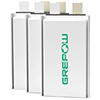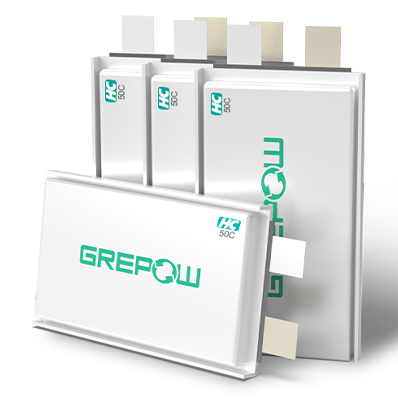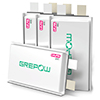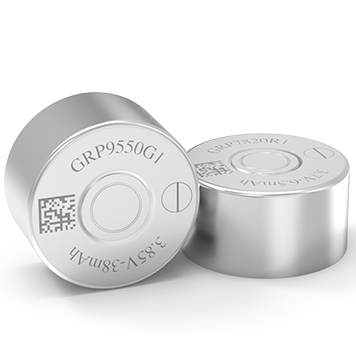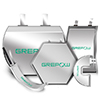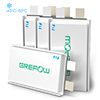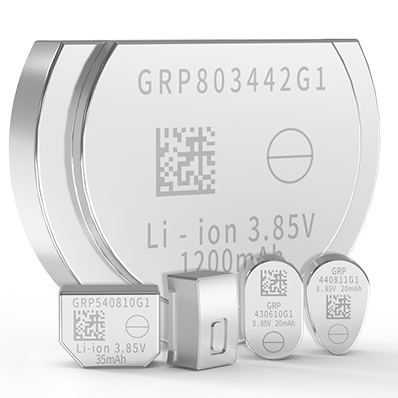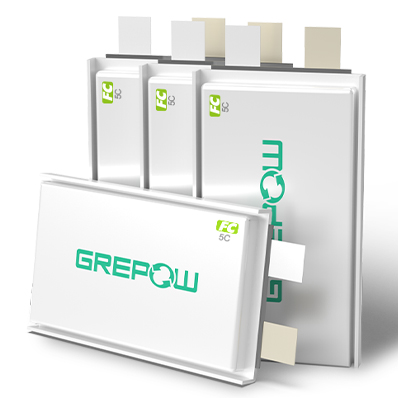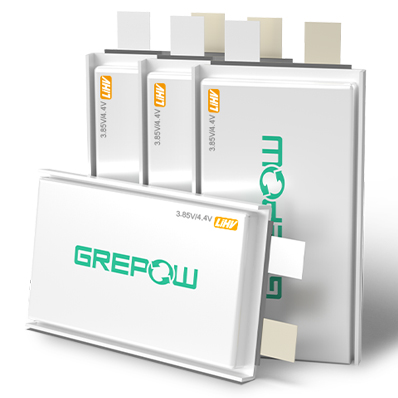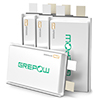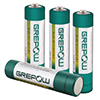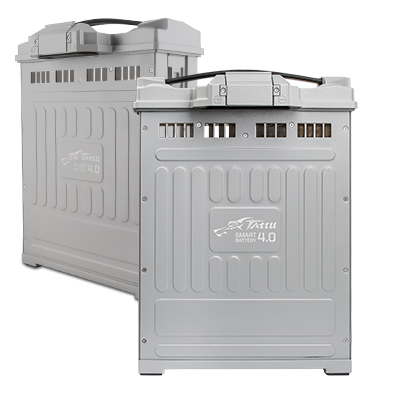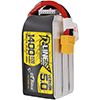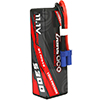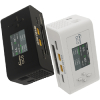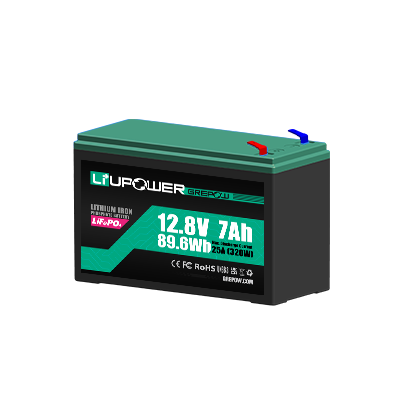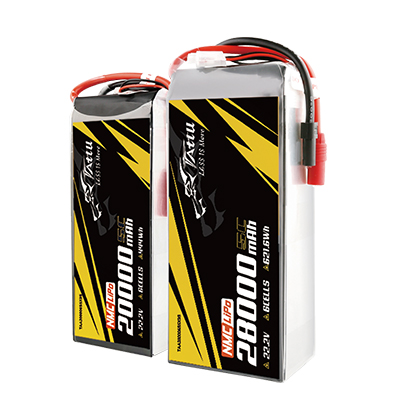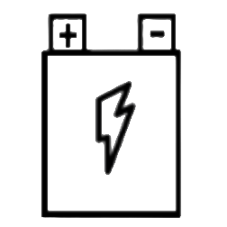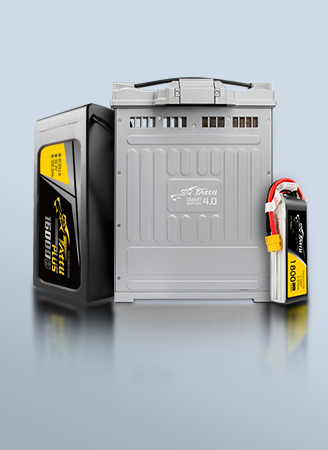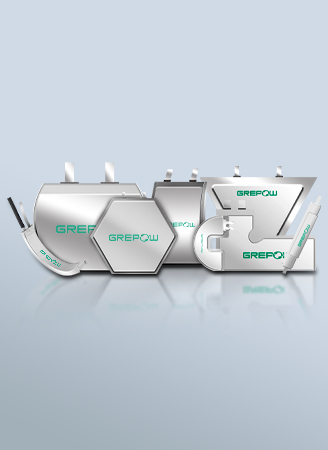How to Prolong Lithium Polymer Battery Life?
Lithium polymer batteries are used in many applications, so how do you prolong their life? We will discuss the factors that affect the lithium polymer batteries life below.
Effects of charge and discharge on lithium-polymer battery life
Lithium polymer battery life is related to the number of charging cycles completed and is not directly related to the number of charging times. A simple way to think about it, that a lithium polymer battery uses half of its power on the first day, and when fully charged. If it is still the next day, you can charge it in half, and it will be charged twice in total. This can only be counted as one charging cycle. Therefore, it usually takes several charges to complete a cycle. With each completion of a charging cycle, the amount of charge decreases a bit. But the reduction is so small that high-quality batteries retain 80% of their original charge after multiple cycles. That's why a lot of lithium polymer products are still in use after two or three years. Of course, lithium polymer battery life will eventually need to be replaced.
The life of a lithium polymer battery is generally 300 to 500 charge cycles. Assuming that the quantity of electricity provided by a complete discharge is Q. If the reduction of the quantity of electricity after each charging cycle is not taken into account, the lithium polymer battery can provide or supplement 300Q to 500Q of electricity in its lifetime. So we know that if you charge 1/2 every time, you can charge 600 to 1000 times; If you charge with 1/3 each time, you can charge 900 to 1500 times. And so on, if you charge it at random, the number of times is variable. In short, no matter how charged, a total of 300Q to the 500Q power supply is constant. Therefore, we can also understand that the life of the lithium polymer battery is related to the total charge of the battery, regardless of the number of times of charging. The effect of deep charge and shallow charge on lithium-polymer battery life is not much different.
In fact, shallow discharge and shallow charge are more beneficial to the lithium polymer battery. Only when the power module of the product is calibrated for lithium polymer battery, it is necessary to deep discharge and deep charge. Therefore, products that use lithium-ion power supply do not have to be constrained by the process. Everything is convenient and can be charged at any time without worrying about affecting life.
The influence of temperature on lithium-polymer battery life
If the lithium polymer battery is used in an environment above the specified operating temperature(above 35°C), the battery's power will continue to decrease, the battery will not be as long as usual. If the device is to be charged at such a temperature, the damage to the battery will be greater. Even if the battery is stored in a hot environment, it will inevitably cause damage to the quality of the battery. Therefore, trying to maintain a favorable operating temperature is a good way to extend the life of the lithium polymer battery.
If you use a lithium polymer battery in a low-temperature environment (below 4°C), you will also find that the battery life is reduced. Some of the original equipment lithium polymer battery is not charged even in low-temperature environments. But don't worry too much. This is only a temporary situation. Unlike the use in a high-temperature environment, once the temperature rises, the molecules in the battery are heated and immediately return to the previous power. Grepow's LiPo batteries can be made to operate in environments with low temperatures of -50℃ to 50℃.
Under low temperatures, the batteries can achieve a lower internal resistance and, thus, a high discharge rate. Compared with traditional Lithium Polymer batteries, Grepow's low temperature batteries have broken through the discharge temperature limits of -20℃ to 60℃. They are able to discharge over 60% efficiency at 0.2C at -40℃ and discharge over 80% efficiency at 0.2C at -30℃. When charged at 20℃ to 30℃ by 0.2C, the capacity can maintain above 85% after 300 cycles. The batteries can be ready for mass production, and they have been widely used in cold climates and special products.
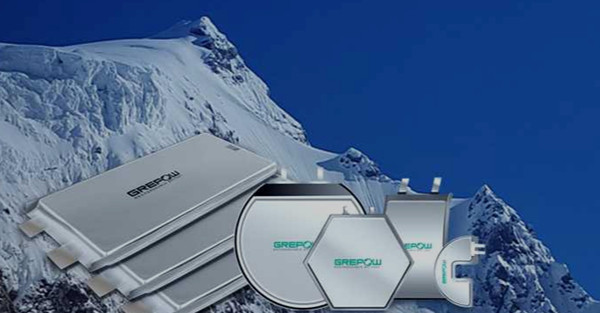
In order to maximize the performance of a lithium polymer battery, you need to use it regularly to keep the electrons flowing. If you do not often use a lithium polymer battery, please remember to complete a charging cycle for the lithium polymer battery every month, and do a power calibration, that is, deep discharge and deep charge once. If you are interested in our products, please don't hesitate to contact us NOW! Email: info@grepow.com Grepow Website: https://www.grepow.com/
Related Articles
-
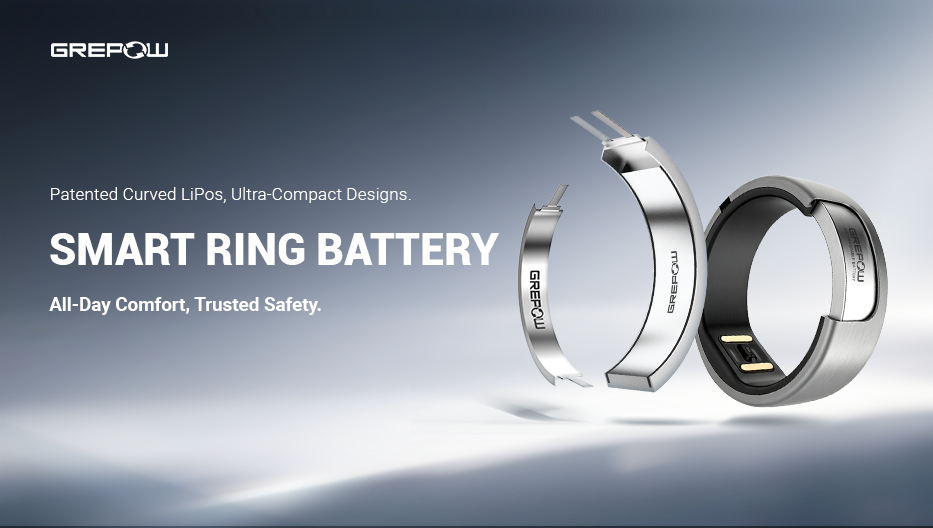
Powering the Future of Wearables: How Grepow's Patented Curved Battery is Revolutionizing the Smart Ring
2025-10-16 -
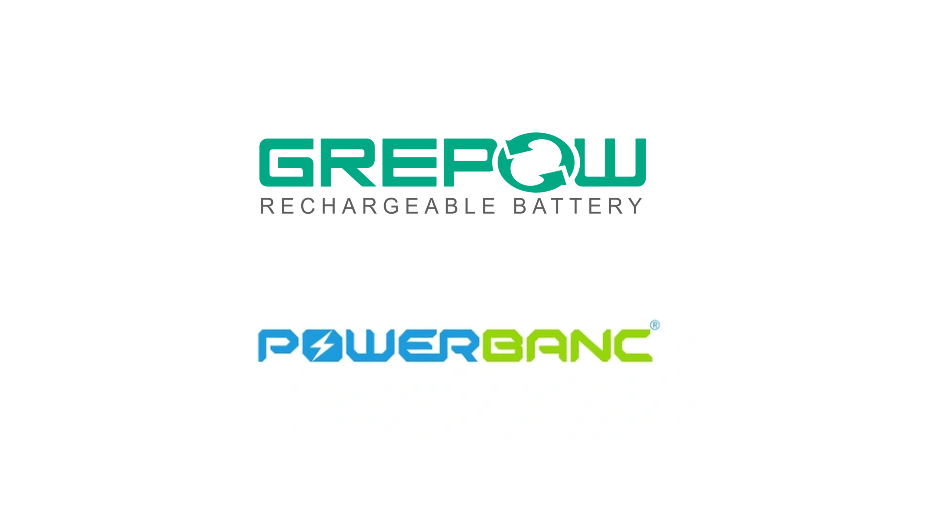
Grepow Battery Announces Manufacturing Agreement with Powerbanc Group
2025-09-30 -
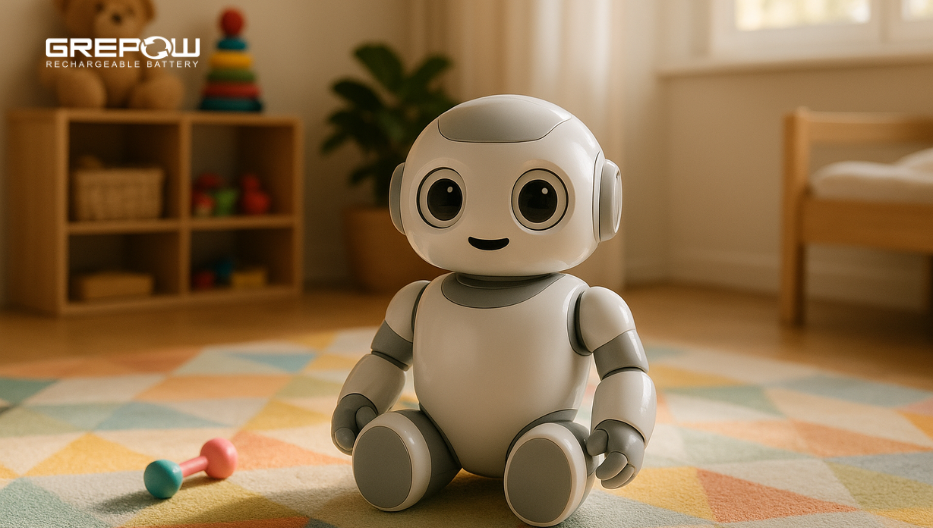
AI Toys Leap into Innovation: Why Battery Choice Matters
2025-09-26
Related products
-
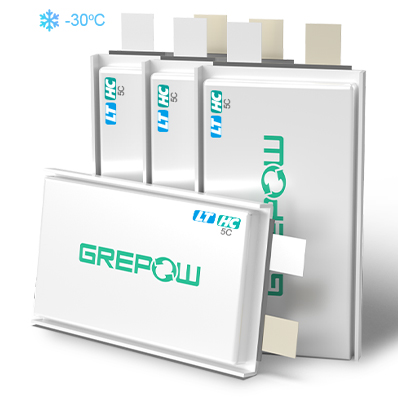
-30℃ 5C Low-Temperature High Discharge Battery
-
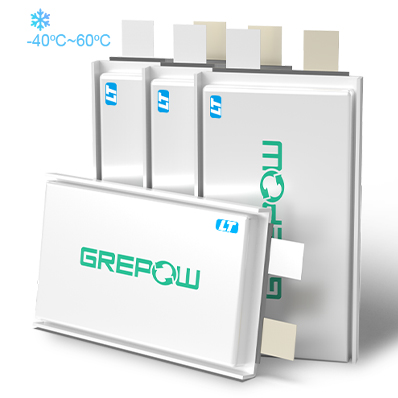
-40℃ to 60℃ Low Temperature Lipo Battery
-
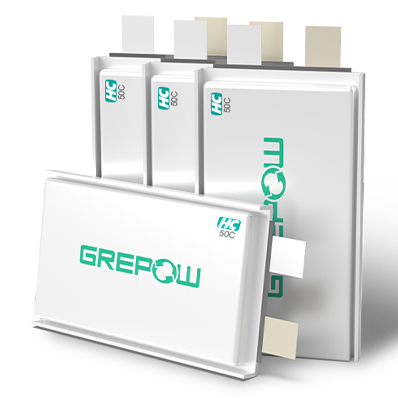
50C High Discharge Battery - High C Rate LiPo

